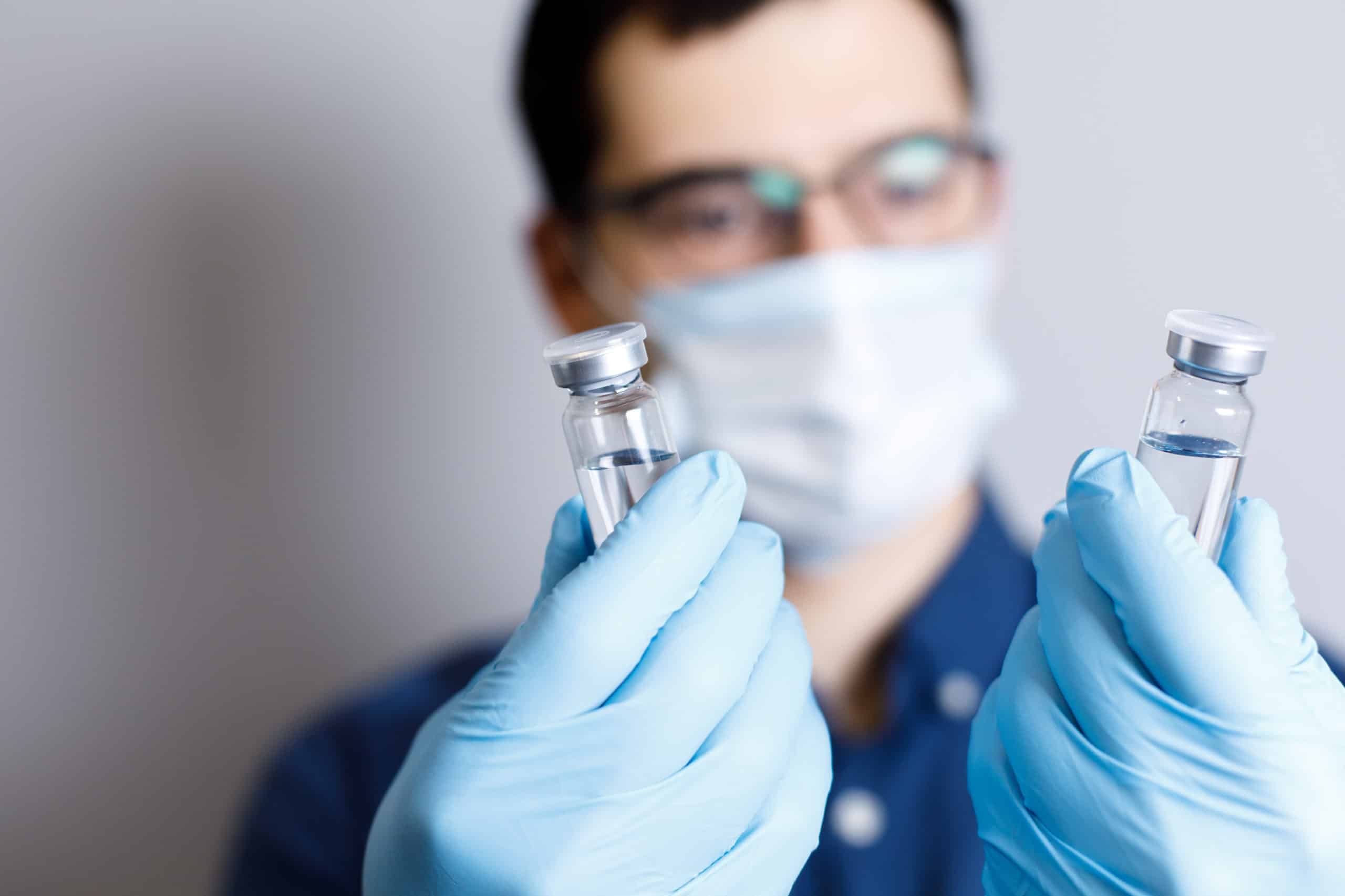Life-changing medical discoveries are the result of human clinical trials. Most people are not familiar with human clinical trials. Yet, all the medications through a lengthy and rigorous testing process to ensure their safety before doctors provide them to the general population. Volunteer patients and paid participants go through the testing process in clinical trials.
Clinical trials aim to answer questions scientists and medical researchers have about developing new medicines that provide better health outcomes. These trials are lead by a medical doctor, who is the lead investigator. The research team can consist of other doctors, nurses, and other health professionals.
Clinical Trial Process
The clinical trial process starts with the observational phase. This phase involves researchers observing and gathering information on people in various settings. Researchers compare groups of people over time and collect data from questionnaires, tests, and medical exams. This information can lead to the need for a clinical trial.
The next phase in this process is the clinical trial. The purpose of a clinical trial is to see if a new medication, medical device, surgical procedure, or behavioral intervention is safe and effective. Researchers also look for any side effects with these new medical treatments and how they affect clinical trial participants.
Clinical Trial Phases
Clinical trials go through four phases. These phases are as follows:
• Phase I Trial – An experimental treatment is tested on a small group of healthy volunteers. Researchers check for safety, side effects, and correct dosage amounts.
• Phase II Trial – A larger group of volunteers will use the experimental treatment. Some of these participants may have a disease or health condition. Researchers will check everything they looked for in Phase I. They will also check the treatment’s effectiveness on people with the targeted disease or health condition. This phase can last several years.
• Phase III Trial – This phase increases the number of participants to a few thousand. This phase allows researchers to check the treatment’s effectiveness on different populations and how it interacts with other drugs. The FDA will approve this new treatment if everything goes well.
• Phase IV Trial – The new treatment cannot go into this phase unless it receives FDA approval in Phase III. Monitoring the treatment’s effectiveness and side effects on a large population continues during this phase.
Participating in a Clinical Trial
There are many reasons why people participate in clinical trials. Some of these reasons include:
• Other treatments do not work for their health problems
• There are no treatments for their health problems
• They want to have an active role in their health care
• They want to have a role in a scientific discovery
A clinical trial is a collaborative process that can result in an improvement in future treatments. Participants of any age can be a part of a medical breakthrough that occurs in a clinical trial.
Where to Find a Clinical Study
A great place to find a clinical study for you to participate in is Altus Research in Lake Worth, Florida. To participate in a trial or learn more about the process, complete our online form to schedule your consultation.

